“Perhaps the butterfly is proof that you can go through a great deal of darkness and still become something beautiful.” –Unknown
This past summer, while the majority of the staff continued to work remotely and the usual Caramoor crowds were restricted from in-person visiting, a buzz of activity was taking place as the Visitor Experience Project began to wrap up. As Caramoor’s gardens bloomed into life, more and more butterflies were seen flitting about, while the buzz of pollinators could be heard harmonizing with the sounds of long-overdue construction work – finally underway again and working toward completion.
“To plant a garden is to believe in tomorrow.” —Audrey Hepburn
One of the major components of this work was the landscaping. Flatbeds delivered flowering trees, some stored safely onsite, acclimating to their new environments. Other trucks delivered signature “tribute” trees, those which were sponsored by generous donors. Mini-nurseries sprung up in Picnic Parking, full of potted shrubs and perennials, waiting to be placed and planted. Bags of seeds, mulch, planting materials, and other landscaping material were everywhere. At the center of this activity was the “queen bee” herself – Betsy Mitchell of Avant Garden Designs.
Based in Briarcliff Manor, Betsy Mitchell is a Board Member and Mentor of the International Landscape Lighting Institute. She holds a Certification in Landscape Design from the New York Botanical Garden and is a Cornell Cooperative Extension Master Gardener. Betsy was first introduced to Caramoor when the Sunken Garden was undergoing emergency Restoration last year, and she will be instrumental in helping restore the Woodland Garden areas to a native species-environment.
As part of the Visitor Experience Project, Betsy was contracted to do a site analysis, work on a landscaping plan, assist with the plantings installation, and work with Caramoor’s crews on sustainability protocols and to provide further horticultural education. She’s been hands-on as part of the process, helping to situate plantings, and work with a number of local nurseries on sourcing materials and with landscaping crews to situate the trees to their best advantages.
The new plantings include:
Deciduous Trees: such as sugar and red maples, black tupelo, and white oaks;
Evergreens: including Canadian hemlocks;
Flowering Trees: such as Eastern redbuds, multiple types of dogwoods, silverbells, hawthorn, and magnolia;
Shrubs, including: spice bush, multiple types of hydrangeas, viburnum, chokecherry, and buttonbush;
Perennials, including : milkweed, cone flowers, and iris;
and
Verbena and other plugs and grasses
Behind the plantings is a carefully consider approach. Per Betsy:
Caramoor Center for Music and the Arts encompasses eighty three privately owned acres located in a dynamic ecological region that serves as a natural habitat and corridor for many insects, birds, amphibians, and animals. The focus of the VEP landscape design was to create a more balanced environment and facilitate a more purposeful connection with the community.
The new landscape is an opportunity to provide an invaluable perspective on the positive impact native plants can have on the environment. The recent surge of interest in the environment and sustainability has created a chance for us to showcase a unique design that features a diversity of native plants that support the ecosystem. Native plants are important because they create habitats that support our local ecosystem. These plants have co-evolved with our local animals, insects, fungi, and soil microorganisms for thousands of years and many of them are co-dependent (think Monarch Butterflies and Milkweed). Every native plant in the design supports wildlife in the habitat. We depend on these native habitats to absorb and store carbon dioxide, slow water, prevent erosion, naturally filter pollutants, decompose dead organisms and help moderate temperature extremes.
An initiative gaining wide attention in the community is gardening to support pollinators. The once fragmented lawns and gardens of exotic plants at Caramoor are being replaced by a highly vital landscape filled with flowering native perennials, shrubs and trees that attract important pollinators. The gardens are teeming with hummingbirds, butterflies, bumblebees, beetles and Goldfinches collecting pollen, nectar and seeds for nourishment. They are providing a very important service for the local habitat, some of which are at risk of becoming endangered.
The Sunken Garden is an example of how multilayers of native plants can be used in a formal setting and help to dispel the misconception that native plants are inherently messy. Visitors have been surprised to find out that the Sunken Garden is planted with mostly native plants. Hopefully the native flower gardens at Caramoor will help shift the paradigm regarding native plants being used only in a wild setting.
After many months of delays, we are happy to remind you that Caramoor is open on a limited basis through October 11. Our grounds and Sound Art are open for you to explore and enjoy! Grounds passes are available to reserve Friday–Sunday, 12:00pm–6:00pm. Pass holders are welcome to arrive or leave at any point during the six-hour period. Please see the website for additional information about visiting and how to secure your reservation slot to explore the transformed campus.
We hope you will get a chance to visit very soon. We’re very pleased to report on other construction work was completed over the summer, including the following:
- The stone wall work was completed.
- More linear feet of pavers were installed throughout the Venetian Theater and Friends Field area.
- The asphalt roadway in the new ADA parking area, main roadway, drop-off area, and loading areas was completed.
- Handrails were installed throughout Welcome Plaza area and South Gate walkways.
- The major lighting and electrical components were completed, including wiring for backup generator for the Venetian Theater.
- Privacy fencing around the Venetian Theater and Artists Patio was completed.
- The new Venetian Theater Entry Gates were designed to match other signature gates at Caramoor and were installed.
- Friends Field was seeded several times, and additional landscaping was done.
- The signature piece of sound art by Trimpin, in”C”, was delivered, installed, and initially worked on by the artist. (Due to travel restrictions relating to the health emergency, additional work on the interactive functionality will come at a later time.)
- The first phase of wayfinding signage was installed on the campus, as were additional signs for parking and donor recognition.
- The Pavilion Plaza stonework was completed.
- The parking areas for tech crews and vendors was completed and the privacy fence was installed.
and
- Work on Caramoor’s Front Entrance resumed, including replacing chain link fencing and deer gates.

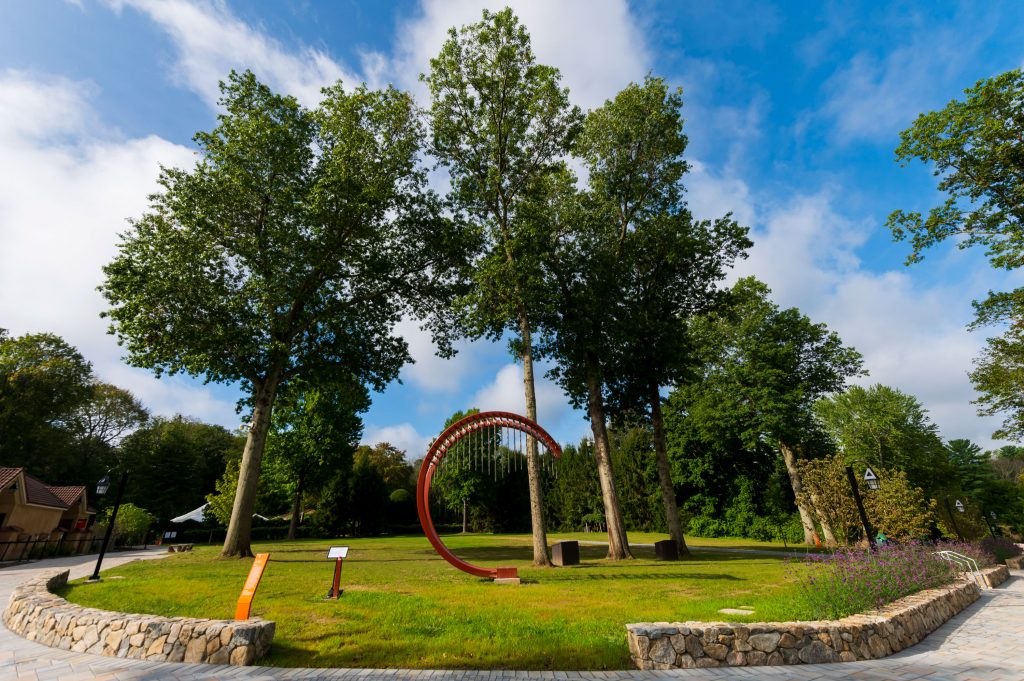
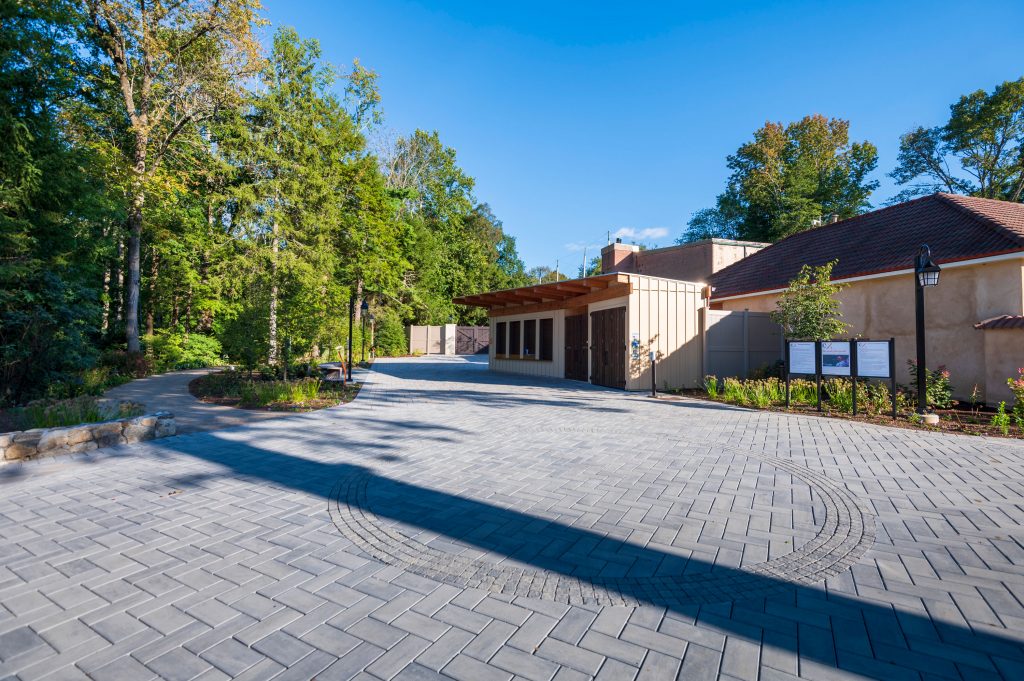
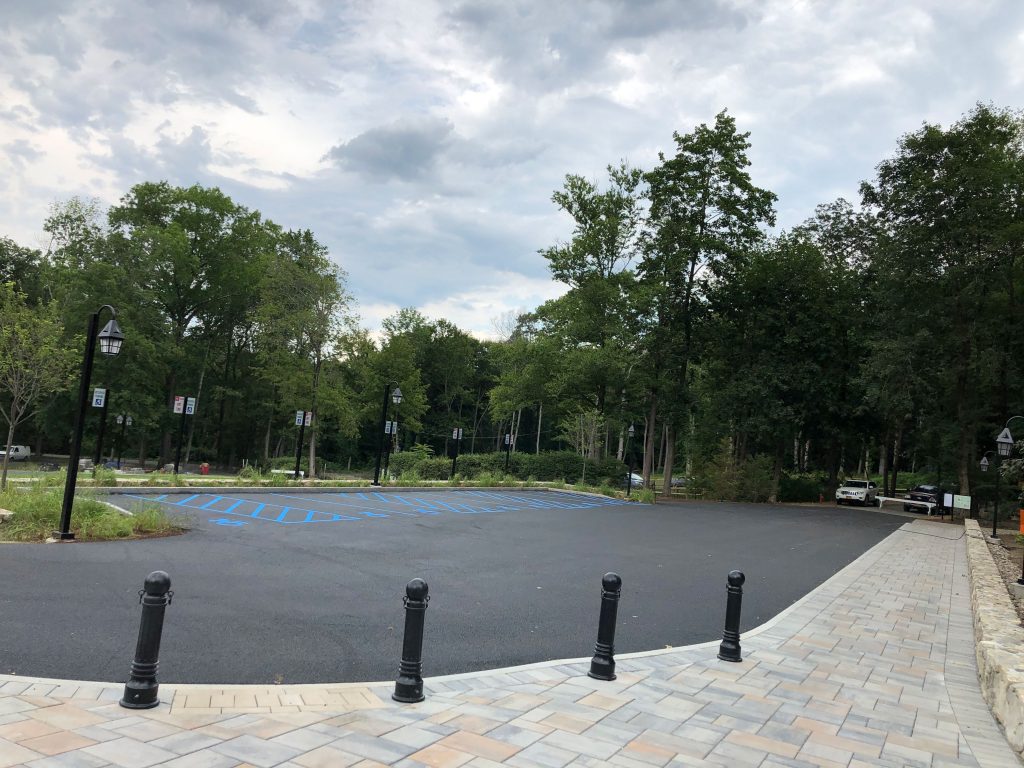
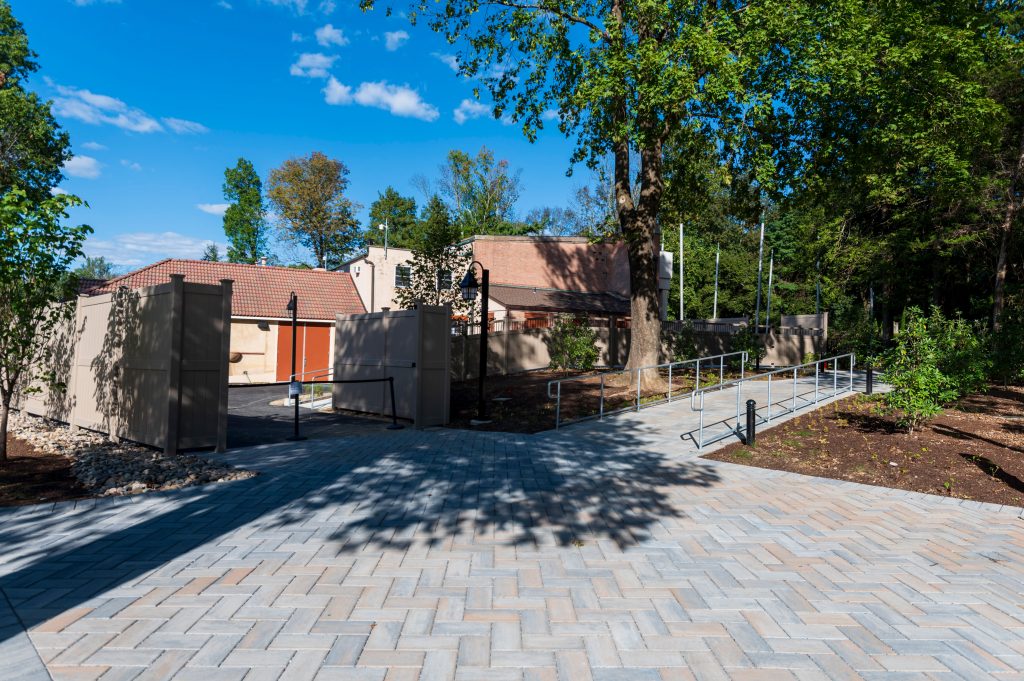
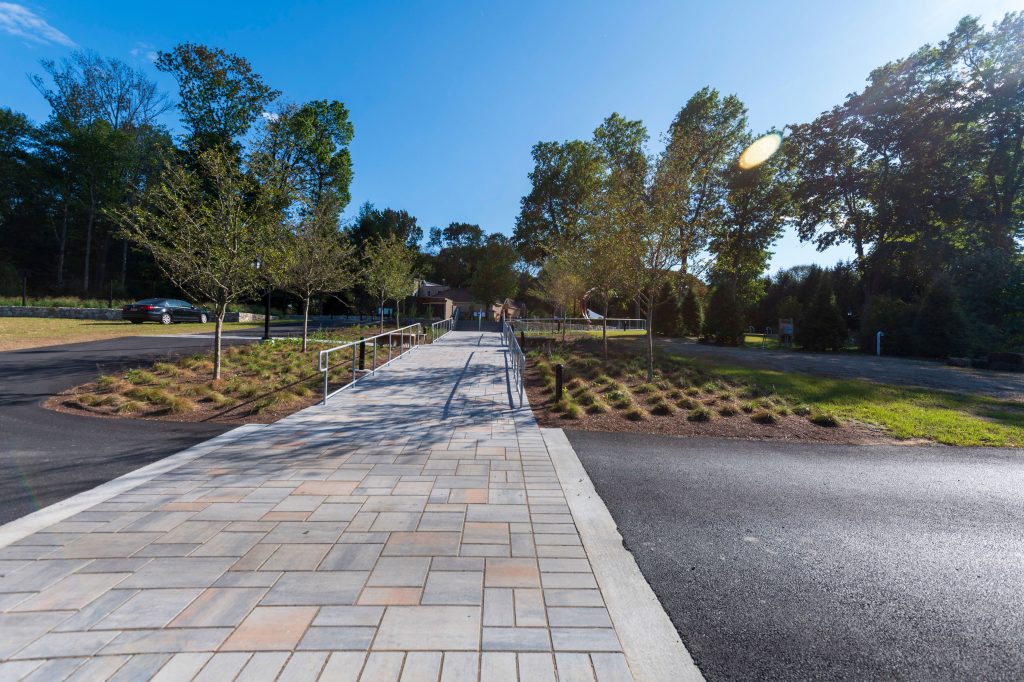

Despite difficult circumstances, (construction delays/ health and safety restrictions), through our emails, our social media channels, our Livestreams, and limited Concerts and Grounds access offerings, we hope you were able to enjoy these behind the scenes updates about our construction progress over the last very challenging year. We couldn’t have done it without our dedicated crews, consultants, vendors, and construction partners who put their time and talents to work. As you’ll see from their social media posts, this was an important transformation for them too.
Thank you to all the donors to Inspire: A Campaign for Caramoor’s Future who helped make this transformation possible. A full list may be found at https://caramoor.org/inspire/thank-you/
If you want to read more about all that Inspire helped make possible, please see: https://caramoor.org/inspire/news-and-events/
And Thank YOU for your patience and for paying attention to our important construction-related and campus access messaging. We want you to enjoy a visit to Caramoor whenever and however it is deemed safe to do so. Please continue to visit our website for the most up-to-date information about the continuously evolving situation. If you haven’t already, sign up for updates via our weekly e-blasts [sign up here!] and through our various social media channels Facebook, Twitter, Instagram, and LinkedIn.
We hope to see you again soon.
Leave a Reply